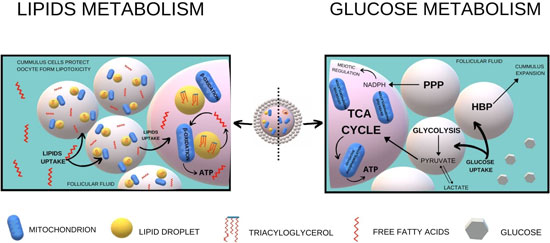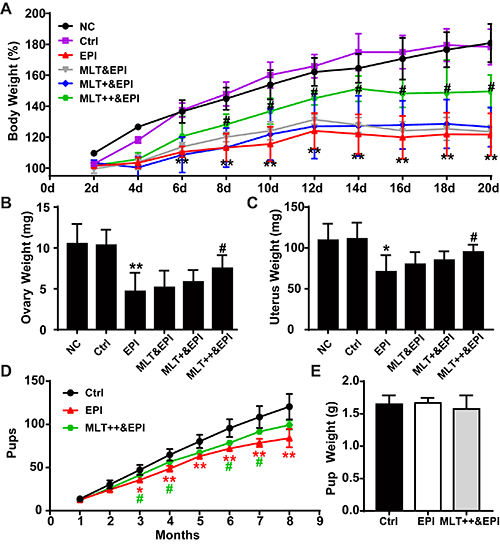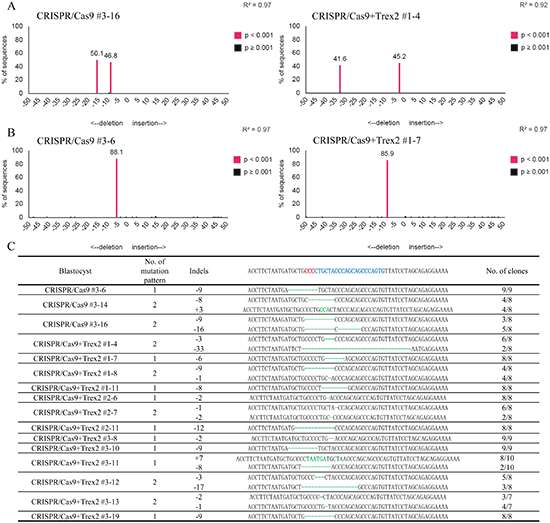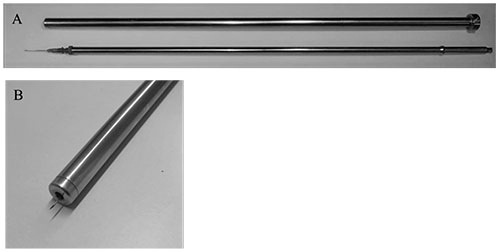- |<
- <
- 1
- >
- >|
-
原稿種別: Review
2020 年 66 巻 1 号 p. 1-7
発行日: 2020年
公開日: 2020/02/14
[早期公開] 公開日: 2019/12/02PDF形式でダウンロード (1384K)
-
原稿種別: Original Article
2020 年 66 巻 1 号 p. 9-17
発行日: 2020年
公開日: 2020/02/14
[早期公開] 公開日: 2019/11/03PDF形式でダウンロード (2831K) -
原稿種別: Original Article
2020 年 66 巻 1 号 p. 19-27
発行日: 2020年
公開日: 2020/02/14
[早期公開] 公開日: 2019/11/15PDF形式でダウンロード (3693K) -
原稿種別: Original Article
2020 年 66 巻 1 号 p. 29-33
発行日: 2020年
公開日: 2020/02/14
[早期公開] 公開日: 2019/12/05PDF形式でダウンロード (1050K) -
原稿種別: Original Article
2020 年 66 巻 1 号 p. 35-39
発行日: 2020年
公開日: 2020/02/14
[早期公開] 公開日: 2019/11/20PDF形式でダウンロード (851K) -
原稿種別: Original Article
2020 年 66 巻 1 号 p. 41-48
発行日: 2020年
公開日: 2020/02/14
[早期公開] 公開日: 2019/11/24PDF形式でダウンロード (2946K) -
原稿種別: Original Article
2020 年 66 巻 1 号 p. 49-55
発行日: 2020年
公開日: 2020/02/14
[早期公開] 公開日: 2019/11/22PDF形式でダウンロード (1665K) -
原稿種別: Original Article
2020 年 66 巻 1 号 p. 57-65
発行日: 2020年
公開日: 2020/02/14
[早期公開] 公開日: 2019/12/05PDF形式でダウンロード (3900K) -
 原稿種別: Original Article
原稿種別: Original Article
2020 年 66 巻 1 号 p. 67-73
発行日: 2020年
公開日: 2020/02/14
[早期公開] 公開日: 2019/12/18Editor's pickCover Story:
Improving artificial oocyte activation is essential for animal biotechnology, to obtain healthy offspring with a high success rate. Yamamoto et al. investigated whether the equine sperm-specific phospholipase C zeta (ePLCζ) mRNA, which has the strongest oocyte activation potential in mammals, could improve the mouse oocyte activation rate and subsequent embryonic development using inactivated spermatozoa (Yamamoto et al. Production of mouse offspring from inactivated spermatozoa using horse PLCζ mRNA. pp. 67–73). The activation potential of ePLCζ was ten times greater than that of murine (m) PLCζ and normal blastocysts were obtained. However, the birth rate was slightly, but significantly, decreased in oocytes activated by ePLCζ compared to those activated by mPLCζ. These results suggest that activation rate does not always correlate birth rate.PDF形式でダウンロード (1455K) -
原稿種別: Original Article
2020 年 66 巻 1 号 p. 75-81
発行日: 2020年
公開日: 2020/02/14
[早期公開] 公開日: 2019/12/15PDF形式でダウンロード (1103K) -
原稿種別: Original Article
2020 年 66 巻 1 号 p. 83-91
発行日: 2020年
公開日: 2020/02/14
[早期公開] 公開日: 2019/12/25PDF形式でダウンロード (1474K)
-
原稿種別: Technology Report
2020 年 66 巻 1 号 p. 93-96
発行日: 2020年
公開日: 2020/02/14
[早期公開] 公開日: 2019/11/16PDF形式でダウンロード (653K)
- |<
- <
- 1
- >
- >|











